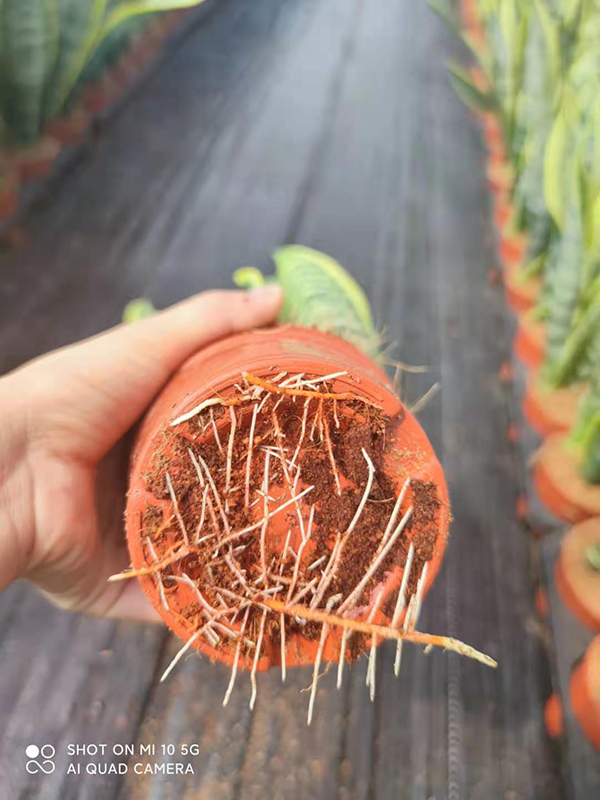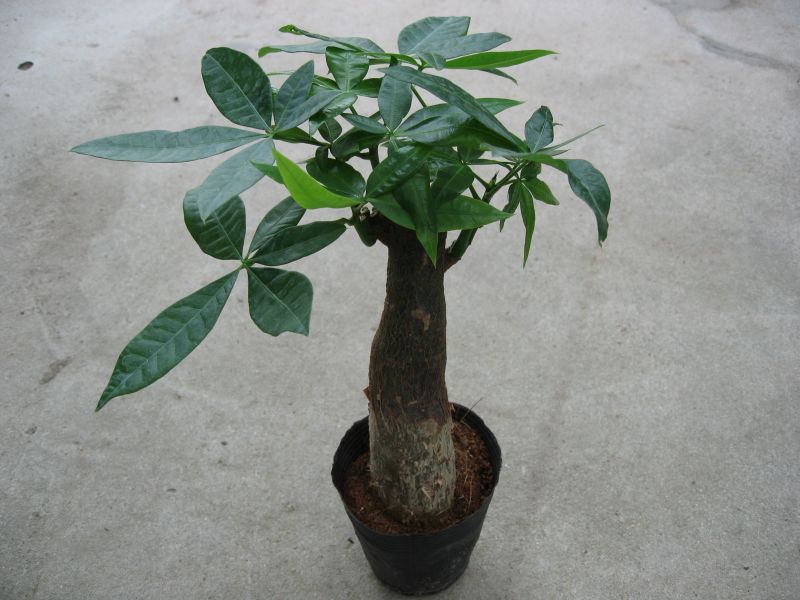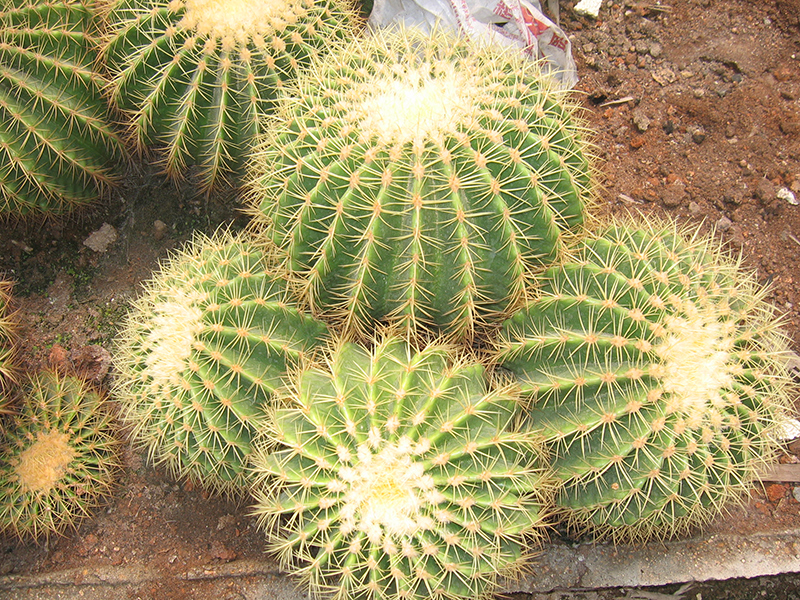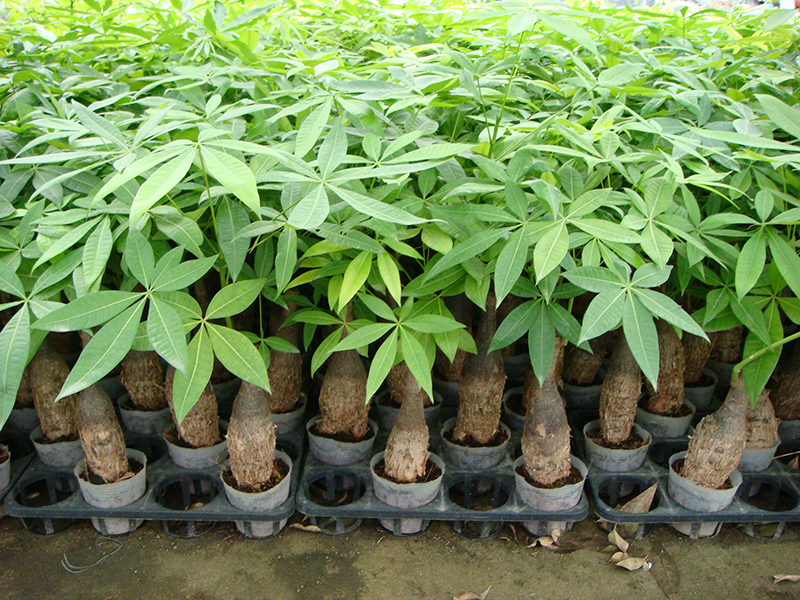Competitive Price for Snake Cactus Plants - Potted Plan Sansevieria Laurantii For Home Decoration – Sunny Flower
Competitive Price for Snake Cactus Plants - Potted Plan Sansevieria Laurantii For Home Decoration – Sunny Flower Detail:
Specification:
Size: SMALL, MEDIA, BIG
Height: 30-100CM
Packaging & Delivery:
Packaging Details: wooden cases, in a 40 feet Reefer container, with temperature 16 degree.
Port of Loading: XIAMEN, China
Means of Transport: By air / by sea
Payment & Delivery:
Payment: T/T 30% in advance, balance against copies of shipping documents.
Lead time: 7 days after receiving deposit
Maintenance precautions:
Illumination
Sansevieria grows well under sufficient light conditions. In addition to avoiding direct sunlight in midsummer, you should receive more sunlight in other seasons. If placed in a dark indoor place for too long, the leaves will darken and lack vitality. However, indoor potted plants should not be suddenly moved to the sun, and should be adapted in a dark place first to prevent the leaves from being burned. If indoor conditions do not allow it, it can also be placed closer to the sun.
Soil
Sansevieria likes loose sandy soil and humus soil, and is resistant to drought and barrenness. Potted plants can use 3 parts of fertile garden soil, 1 part of coal slag, and then add a small amount of bean cake crumbs or poultry manure as base fertilizer. The growth is very strong, even if the pot is full, it does not inhibit its growth. Generally, the pots are changed every two years, in spring.
Moisture
When new plants germinate at the root neck in spring, water more appropriately to keep the pot soil moist; keep the pot soil moist in the summer high temperature season; control the amount of watering after the end of autumn and keep the pot soil relatively dry to enhance cold resistance. Control watering during winter dormancy, keep the soil dry, and avoid watering into leaf clusters. When using plastic pots or other decorative flower pots with poor drainage, avoid stagnant water to avoid rot and fall down the leaves.
Fertilization:
During the peak period of growth, fertilizer can be applied 1-2 times a month, and the amount of fertilizer applied should be small. You can use standard compost when changing pots, and apply thin liquid fertilizer 1-2 times a month during the growing season to ensure the leaves are green and plump. You can also bury cooked soybeans in 3 holes evenly in the soil around the pot, with 7-10 grains per hole, taking care not to touch the roots. Stop fertilizing from November to March of the following year.
Product detail pictures:
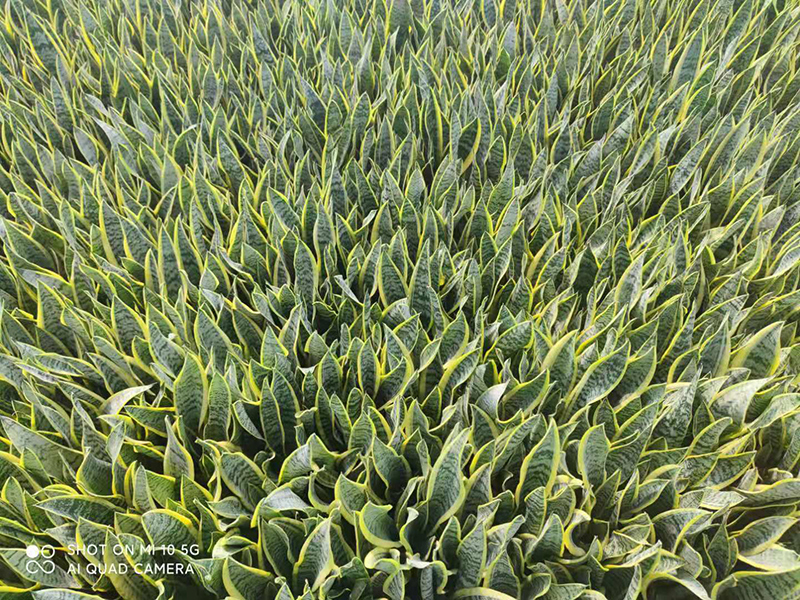
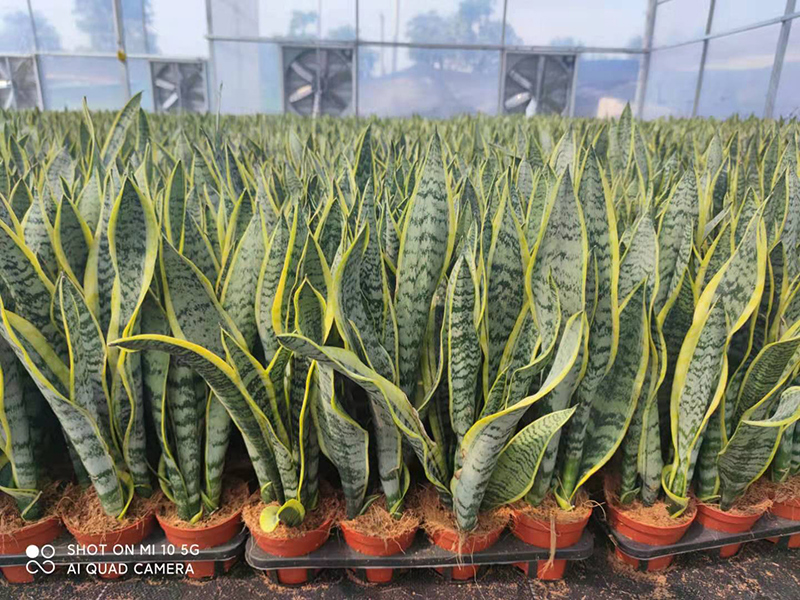
Related Product Guide:
Our well-equipped facilities and superb good quality control throughout all stages of manufacturing enables us to guarantee total buyer gratification for Competitive Price for Snake Cactus Plants - Potted Plan Sansevieria Laurantii For Home Decoration – Sunny Flower , The product will supply to all over the world, such as: Croatia, Belgium, belarus, We are eager to cooperate with foreign companies which care much on the real quality, stable supply, strong capability and good service. We can offer the most competitive price with high quality,because we are much MORE PROFESSIONAL. You are welcomed to visit our company at any time.
The factory technical staff not only have high level of technology, their English level is also very good, this is a great help to technology communication.


